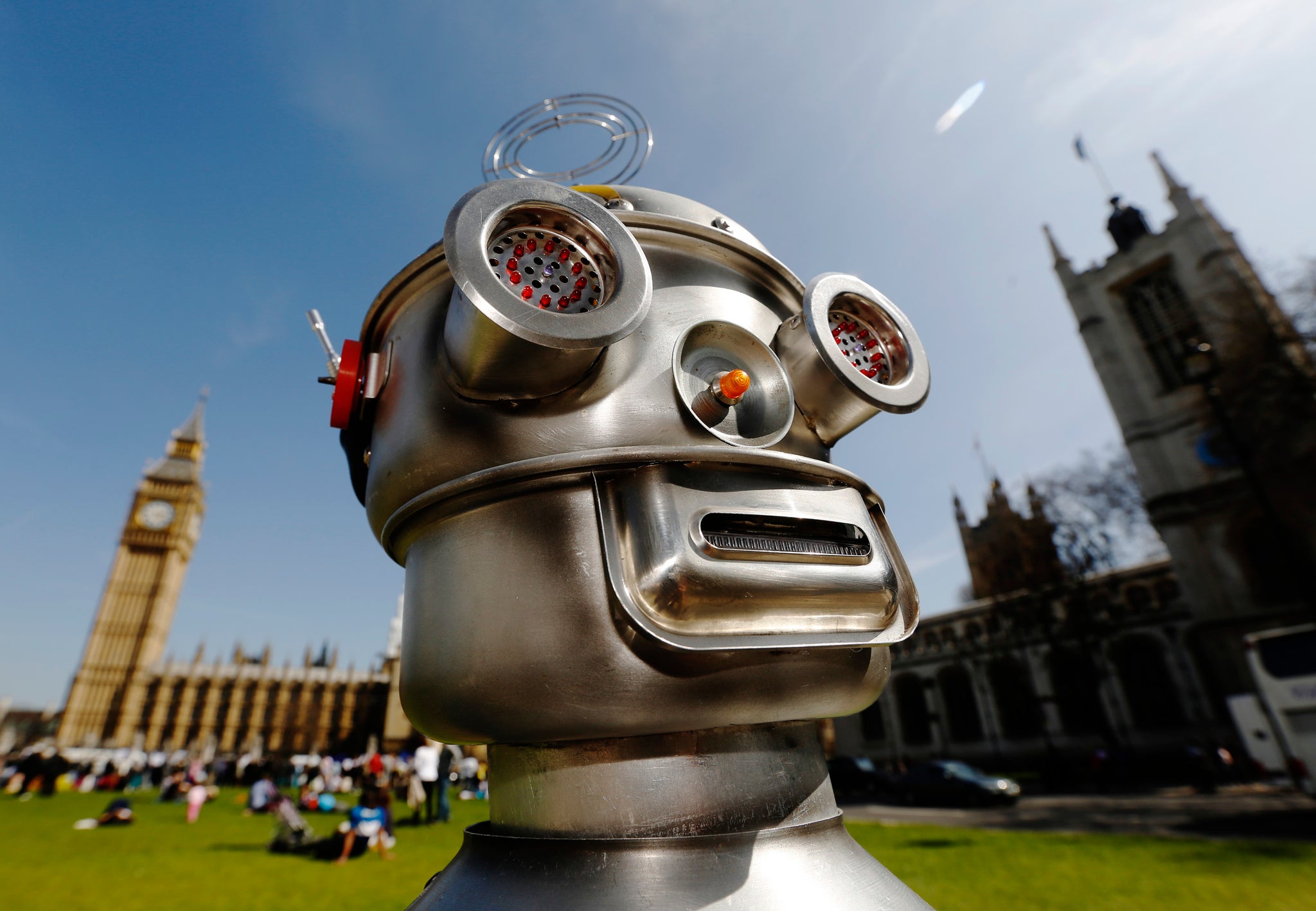UK's STRAND project aims to program robot security guards and carers
Research focuses on creation of 4D mapping that takes into account the temporal as well as the spatial dimensions of the built environment.

Your support helps us to tell the story
From reproductive rights to climate change to Big Tech, The Independent is on the ground when the story is developing. Whether it's investigating the financials of Elon Musk's pro-Trump PAC or producing our latest documentary, 'The A Word', which shines a light on the American women fighting for reproductive rights, we know how important it is to parse out the facts from the messaging.
At such a critical moment in US history, we need reporters on the ground. Your donation allows us to keep sending journalists to speak to both sides of the story.
The Independent is trusted by Americans across the entire political spectrum. And unlike many other quality news outlets, we choose not to lock Americans out of our reporting and analysis with paywalls. We believe quality journalism should be available to everyone, paid for by those who can afford it.
Your support makes all the difference.A British-led consortium is developing new computer software to help the robots of the future navigate through the messy and cluttered environments of working life, working independently for up to 120 days.
Dr Nick Hawes, lecturer in intelligent robotics at the University of Birmingham, is co-ordinating the work. He says that although robots can currently work in “predictable” environments for short periods of times, he wants to push for further developments.
"Recent advances in robotics and artificial intelligence have enabled mobile robots to operate intelligently in predictable environments for limited periods of time," he said.
"Our challenge is to develop robots which can go way beyond this, running reliably in dynamic real-world security and care environments for as long as they're required. This will make these machines truly useful assistants in our workplaces."
The research is focused around creating new programming that is reactive to “spatio-temporal dynamics”. This refers to changes in the environment, including anything from humans moving about an office, to furniture being repositioned.
Even state-of-the-art robots can interpret such changes as anomalous, but the £7.2m STRANDS project (it stands for spatio-temporal representations and activities for cognitive control in long-term scenarios) hope to make leaps forward in “long-term mapping”, “life-long learning about objects” and “human activity recognition”.
Such mapping has been dubbed 4D as it takes into account not only the three spatial dimensions, but also the dimension of time. Dr Tom Duckett, director of the Lincoln centre for autonomous systems research and a professor of computer science at Lincoln University, will lead the research in this area:
"In a security scenario a robot will be required to perform regular patrols and continually inspect its surroundings for variations from its normal experiences. Certain changes such as finding a person in a restricted area may indicate a security violation or a burglary,” says Dr Duckett.
"In a care home a robot will be required to act as an assistant for elderly patients, fetching and carrying things while also being alert to incidents such as people falling over."
These future applications have not gone unnoticed by companies in the relevant industries, and participating institutions in the project include the UK-based G4S and the Austrian Academy of Ageing Research.
Additional reporting by Richard Vernalls
Join our commenting forum
Join thought-provoking conversations, follow other Independent readers and see their replies
Comments